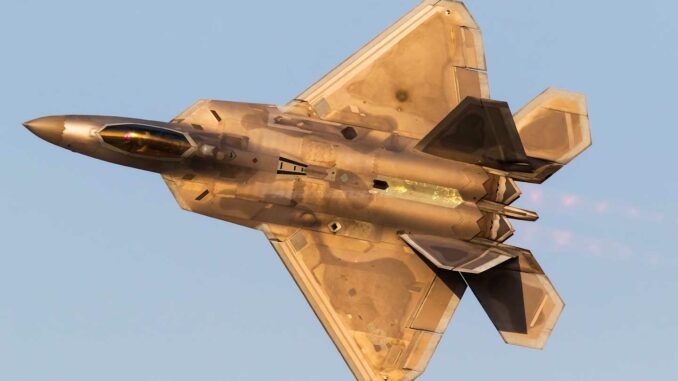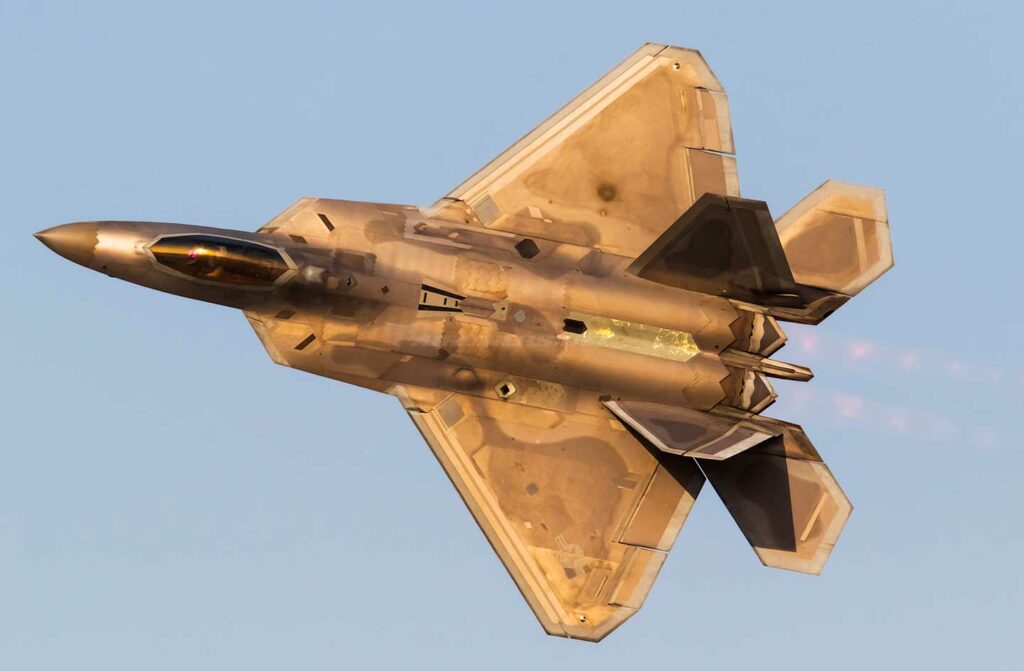
How air forces compensate for their numerical inferiority when facing more numerous enemy fighter aircraft: air tactics and combat strategy.
An introduction to tactical choices when facing numerical superiority
In contemporary air combat, numerical superiority alone does not guarantee victory. Air forces with limited numbers of fighter aircraft must develop rigorous engagement patterns in order to survive, deny, or strike despite the asymmetry in numbers. These situations apply both to medium-sized powers facing massive coalitions and to isolated units operating in a degraded environment or on specific disruption missions.
Air tactics in these cases do not rely solely on technology or aggression. They require the refined use of maneuver, intelligence, joint coordination, and knowledge of enemy doctrines. The pilot or tactical command has no choice but to optimize all available resources, exploiting the enemy’s weak moments, operational blind spots, or coordination limitations.
In this article, we detail the technical and tactical choices that enable a numerically inferior air force to engage effectively against superior numbers of combat aircraft, examining practical levers, historical precedents, and dominant strategic considerations in modern doctrine.

Air superiority is not just a question of numbers
The importance of maneuver and theater configuration
Engagements against superior numbers of fighter aircraft are not won in a head-on confrontation. The geographical configuration of the theater of operations, available ground support points, remaining air corridors, and strategic depth play a decisive role in the implementation of viable air tactics.
Manoeuvre relies on avoiding unfavourable combat and exploiting the terrain to impose complex detection or engagement angles on the adversary. During Operation Mole Cricket 19 in 1982, the Israeli Air Force, although outnumbered in certain phases, managed to neutralize Syrian defenses and shoot down more than 80 enemy aircraft without losses, thanks to the seamless integration of their ground-based radar, airborne jammers, and in-depth tactical planning.
Exploiting decision-making speed
The key in these configurations remains tempo. With greater anticipation time, even a small patrol of combat aircraft can strike first, saturate a logistics route, or disrupt an overly dense enemy group. This principle is based on the OODA cycle (Observe – Orient – Decide – Act) theorized by John Boyd, a renowned American pilot and strategist. It illustrates the need to act faster than the enemy in order to disrupt their decision-making process.
In this sense, smaller air forces tend to adopt decentralized command structures, allowing for more flexible tactical responsiveness. Scandinavian doctrines, for example, emphasize the dispersion and decentralization of squadrons, allowing each element to choose the most appropriate tactical maneuver in response to a local threat without waiting for time-consuming hierarchical approval.
The surprise effect and electronic warfare as force multipliers
Jamming and electromagnetic warfare
Numerical inferiority can be offset by electronic superiority. Modern electronic warfare systems can jam enemy radars, disrupt data links, and even simulate false targets. During combat, this allows a small squadron of fighter jets to disrupt the enemy’s perception or mask their approach.
Aircraft such as the Dassault Rafale F4 and the Boeing EA-18G Growler are equipped with active jamming pods that disrupt enemy sensors at distances of several dozen kilometers. NATO exercises have demonstrated that such capabilities can temporarily maintain local air superiority against a numerically dominant enemy.
Kinetic surprise
In several conflicts, small squadrons have chosen to make unexpected contact. In 1999, Serbian MiG-29s managed to briefly penetrate NATO airspace, taking advantage of weather conditions that were unfavorable to AWACS. Although their tactical results were limited, this highlights the use of a factor that is often overlooked in conventional planning: meteorological and temporal surprise.
The tactic here is to appear where the enemy is not expecting contact: at low altitude, at night, or in corridors considered too risky to fly through.
Joint coordination and the network effect
Ground support and passive detection
Outnumbered combat aircraft can benefit from third-party sensors to guide their missiles without activating their own radar, thereby reducing their signature. This principle, known as “passive radar tactics,” is made possible by the interconnection between ground units, frigates, drones, and radar aircraft. This interconnection is based on protocols such as Link-16 or the MADL (Multi-function Advanced Data Link) architecture used by the F-35.
This means that a small patrol can fire a long-range air-to-air missile such as the Meteor or AIM-120 AMRAAM from a rear position, guided by radar carried on a distant platform. The enemy is struck without even detecting the source of the threat.
Ground-to-air support and the three-dimensional trap
In an asymmetric conflict, mobile ground-to-air systems can be integrated into maneuvers to force the enemy onto retreat or escape routes, where fighter jets are waiting. This tactic was used several times in Ukraine, where Buk-M1 batteries forced Russian Su-34s to retreat to areas controlled by Ukrainian MiG-29s or Su-27s.
This type of coordination requires rigorous management of time and position, but allows smaller forces to create the illusion of air superiority through tactical traps.

Careful target selection and economy of means
Targeted strikes and logistical exhaustion of the enemy
When there are few fighter jets available, it becomes essential to concentrate the effect on the most critical targets: refueling aircraft, air command posts, and communication relays. The destruction of an E-3 Sentry radar aircraft or a KC-135 refueling aircraft can have a greater operational impact than shooting down several enemy fighters.
These deep strikes are part of a strategy of economizing resources: destabilizing a complex system with a limited but decisive effort. The Israeli air campaign against Iranian infrastructure in Syria has been applying this doctrine for several years, mobilizing few aircraft but targeting critical infrastructure with precision.
Reversibility and risk management
Commitment must not be permanent. In a context of low manpower, the ability to break contact quickly to preserve combat capabilities is essential. This implies a doctrine of engagement based on clear rules: no prolonged engagement, priority to the effect of disorganization, immediate withdrawal in the event of tactical imbalance.
Modern aircraft incorporating data fusion (Rafale, F-35, Gripen E) allow pilots to quickly assess the overall threat and therefore decide between attack and withdrawal.
War Wings Daily is an independant magazine.